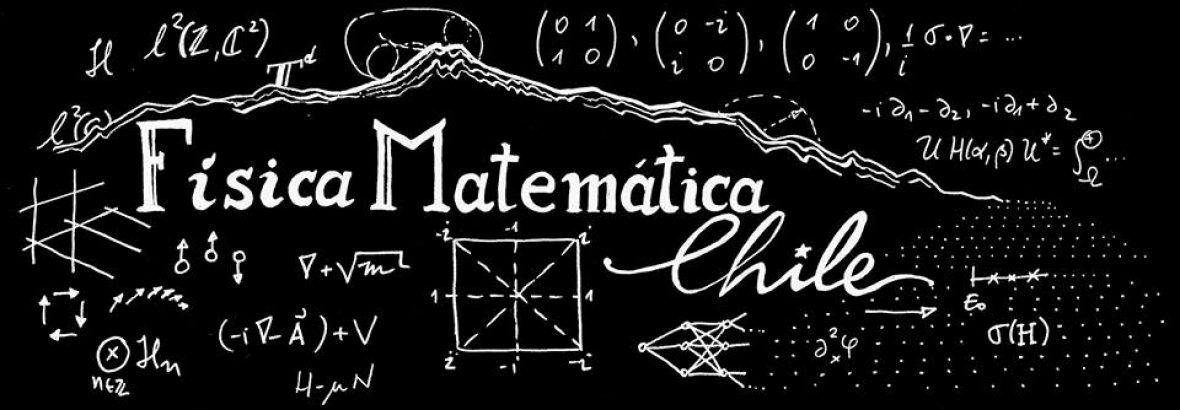Speaker: Leonid Parnovski. University College London
Title: Floating mats and sloping beaches: spectral asymptotics of the Steklov problem on polygons.
Place: PUC Chile, Campus San Joaquin, Fac. Matematicas, Sala 2
Abstract:
I will discuss recent results (joint with M.Levitin, I.Polterovich and D.Sher) on the asymptotic behaviour of Steklov eigenvalues on polygons and other two-dimensional domains with corners. The answer is completely unexpected and depends on the arithmetic properties of the angles.
